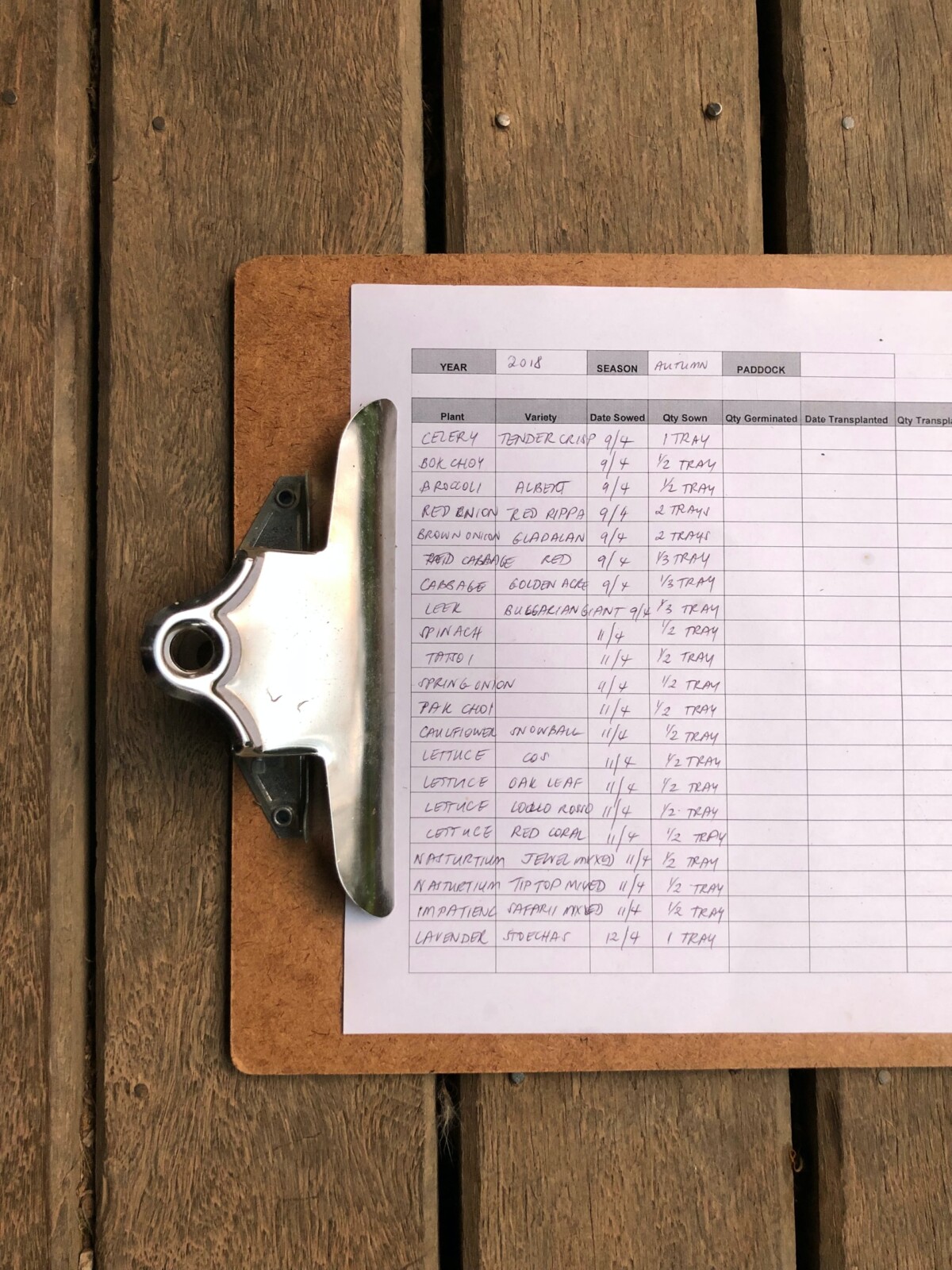By now, everyone should be aware of the changes to 29 CFR part 1904 put forward by OSHA (also known as OSHA’s recordkeeping and reporting rule). But some aren’t aware of the exact details of the changes, some which came into effect back in December, and others which will come into effect later this year. This blog post will outline the basics of the rule as well as the details of the changes and how they’ll impact your organization.
The Basics
The rule is broken down into seven subparts, or sections:

A – Why do we have to do this and what is it used for?
The reporting that takes place due to this rule is the primary source of EHS statistics for the Bureau of Labor Statistics (BLS). The data collected helps frame future programs and gives the BLS an idea of what’s happening in the industry in order determine where and why there is risk in different industries.
B – Who needs to report?
Any company who has more than 10 employees at any point in the year must report.
C – What and how do we report?
The most helpful tool for training new supervisors on OSHA reporting are the OSHA forms and decision tree. The decision tree contains a lot of valuable information that easily illustrates how you should be reporting injuries and illnesses to OSHA.
D – What do we do with multiple establishments?
This section outlines some common questions such as reporting for part-time employees, temporary employees, and contractors.
E – What do we report to the government?
There were many changes to this rule in 2015 when OSHA stated that all work-related fatalities had to be reported within eight hours and all work-related hospitalizations, amputations, and losses of an eye had to be reported within 24 hours.
F – How do we transition from the former rule?
This section refers to the transition that took place back in 2001 when the new rule came into place.
G – What are the definitions?
Each section has definitions, but some of the key definitions surrounding what an injury or illness is are established in this section.
The Changes
Reporting Changes – Requires employers to inform employees of their right to report work-related injuries and illnesses free from retaliation by their employer. This also allows OSHA to cite an employer for taking adverse action against an employee even if the employee did not file a complaint. Citations can result in orders requiring employers to abate violations, which may be a more efficient tool to correct employer policies and practices than the prior remedies that were often employee-specific. OSHA can only act on this section if the employee files a complaint with OSHA within 30 days of the retaliation.
Electronic Submission – Previously, injury and illness data was submitted via a survey, analyzed, and then posted to the BLS website only in the form of a summary. This process caused a three-year delay and did not contain any establishment-specific information. OSHA believes that organizations will be “nudged” to avoid hazards without having to go through an OSHA onsite inspection. It also gives OSHA access to establishment-specific data in a particular year.

The Website
OSHA will provide a secure website for the electronic submission of injury and illness information. The website will include web forms for direct data entry and instructions for other means of submission, such as file uploads. The website will use an API interface.
For more information on OSHA’s Recordkeeping & Reporting Rule and the upcoming changes to this rule, please watch this webinar on the same topic.


